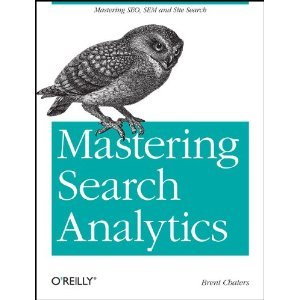The new digital currency isn’t Bitcoin. It’s Data. It’s also more important than ever to really understand that data isn’t something you have a right to own, it’s something that consumers expect to get value in return for. Every marketer who is “data driven” and focused on using data to refine their campaigns or develop better creative are missing the mark. Great marketers now recognize the value exchange of data for reward AND this needs to happen in real time.
Given that we are in the most data rich moment in history and every moment gets more data rich, the question is not what can data do for you? But what can you do with data. Marketers need to be thinking about both the promise of what you will provide to your customer and how data will enable it.
The Promise And Delivery of Better Consumer Experiences
Before you even think about collecting data, you need to think about what promise will you delivery on? The promise is simple, and it should be customer centric. Great promises should simplify the customer experience, it should remove barriers, and most importantly they shouldn’t surprise customers in uncomfortable ways.
What’s an uncomfortable surprise? It can be as simple as overplaying your hand in revealing how much data you truly have on a customer and becoming creepy. Say targeting an ad at consumer and using their name directly in the online ad. That’s creepy. Why?
- Because you didn’t set my expectation
- Because I don’t know when or how you obtained that information about me
- Because it’s an environment where i’m not expecting that level of personalization
Yet if you were to use my name in an email, it’s perceived as courteous and I expect you to know who I am when sending me private messages targeted only at me.
The bigger struggle is that what is creepy today, actually does become cool tomorrow. There may well come a day when I expect you to not only know my name, but see my face in advertising as well. To get there though, it’s important to focus on the first point. Set expectations.
As much as marketers may dislike terms and conditions and opt-ins, they actually provide a very relevant and important mechanism for creating personalized experiences. They let me know you’re going to do something with my personal information. At the very least it’s a flag that something is being collected.
Utilizing Data to Provide Value
When the expectation is set, and the promise is made, the next important element is delivering on that promise. The more data consumers provide, the more seamless experiences should become. Value can come in multiple ways:
- Reducing friction (don’t make me re-enter information you already know.)
- Enhanced insights (experiences that use personal data coupled with additional 2nd or 3rd party data to provide new insights to you, for example apple health and collecting health data to give a wholistic view of who you are.)
- Predictive responses (using the data to simplify choice or surface relevant information. 70% of Netflix users watch what is recommended to them by algorithms).
These are just a few ways to provide value. Where most marketers fail, is not thinking of the value upfront, and the required data to provide that value. Data as a currency needs to become part of the marketing mantra, to change the way marketing content is produced and developed, the way consumer experiences are designed, and the way in which consumers interact with brands and companies.
Data As a Currency
The last element of using data wisely is the instant transaction and reward. In the physical world I give money in exchange for goods in a very limited time frame. Much the same way the first time I provide data, the faster the feedback loop of how that data will be used, re-enforces not only what I gave up, but also the value it is providing me.
Further if you plan to use the data provided long term, continue to think about how frequently you need to remind customers of the value that data has provided them in their experiences or engagements with your brand or company or product. Most importantly think about the ethical use of the data you have access to. Data needs to be treated as a privilege and not a right by marketers. Instead of being a data hoarder, be a data farmer, use small data that is relevant plant seeds of utility to your customer instead of collecting as much as possible and not having a road-map for how the data will help you. So go forth and think about how data will provide a value exchange of benefits for your customer by planting those small seeds now.

 Brent Chaters is the author of the O'Reilly book
Brent Chaters is the author of the O'Reilly book 



Leave a Reply